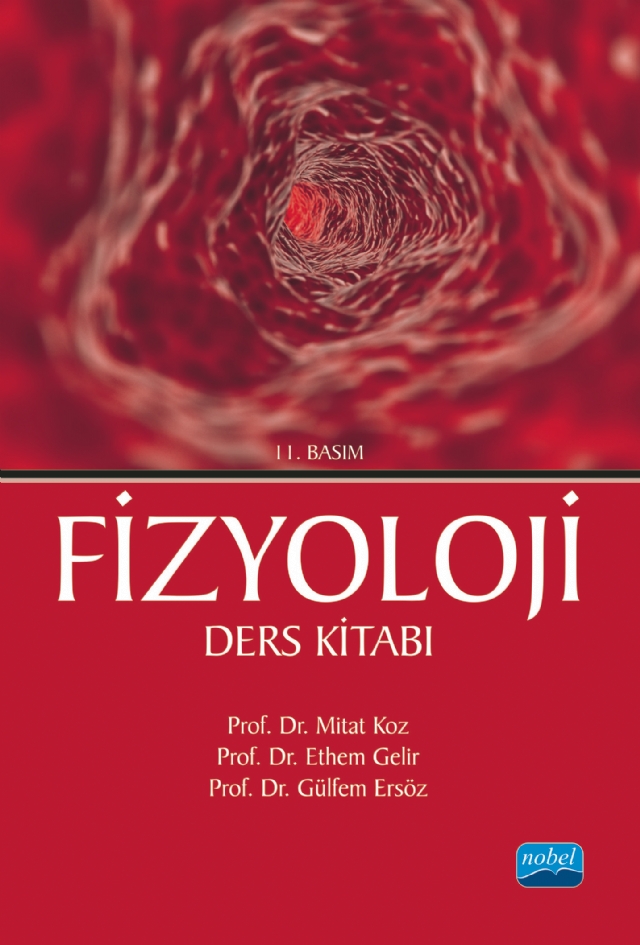Physiology \ 1-1

This book has been prepared with the aim of helping students better understand the Anatomy and Physiology or Human Biology course and to provide a resource for students. While creating the book, care was taken to ensure that the information was short and sufficient. Information about common diseases related to each system is also given. Information in the book; supported by numerous figures, photographs and tables.
This work; It has been prepared at a level that can be useful to students of the Biology Department of the Faculty of Science, Arts and Sciences, as well as to students of other faculties or colleges who take the Anatomy and Physiology course.
This work; It has been prepared at a level that can be useful to students of the Biology Department of the Faculty of Science, Arts and Sciences, as well as to students of other faculties or colleges who take the Anatomy and Physiology course.

In this book; the organs and organ systems that make up the human body, how the organism functions in its integrity, and how the functional organization of our body takes place are explained in a simple level.
Firstly; in the structural and functional organization part of the human body, it is explained how the basic elements that exist in nature come together to form first chemical compounds, then cells, tissues, organs, systems and finally the whole of the organism and how they work in harmony by completing each other.
In the next parts of the book, cells, which are the functional unit of the organism, respectively; blood, which has basic functions such as transport, protection and regulation; nervous system with functions such as rapid control, coordination and learning-memory between systems; muscular system that elicits movements; the heart and circulatory system, which ensures that blood circulates throughout the body; the respiratory system that provides oxygen, which is the most basic requirement of life; digestive system, which allows energy sources and metabolic building blocks to enter the body; excretory system that allows the wastes formed in the body to be excreted through urine; the sensory system that ensures harmony with our environment through communication; endocrine system, which provides long-term and permanent coordination between systems; the reproductive system that maintains the species; nutrition, metabolism and thermoregulation events are explained separately in each section with the support of some anatomy knowledge.
Firstly; in the structural and functional organization part of the human body, it is explained how the basic elements that exist in nature come together to form first chemical compounds, then cells, tissues, organs, systems and finally the whole of the organism and how they work in harmony by completing each other.
In the next parts of the book, cells, which are the functional unit of the organism, respectively; blood, which has basic functions such as transport, protection and regulation; nervous system with functions such as rapid control, coordination and learning-memory between systems; muscular system that elicits movements; the heart and circulatory system, which ensures that blood circulates throughout the body; the respiratory system that provides oxygen, which is the most basic requirement of life; digestive system, which allows energy sources and metabolic building blocks to enter the body; excretory system that allows the wastes formed in the body to be excreted through urine; the sensory system that ensures harmony with our environment through communication; endocrine system, which provides long-term and permanent coordination between systems; the reproductive system that maintains the species; nutrition, metabolism and thermoregulation events are explained separately in each section with the support of some anatomy knowledge.
